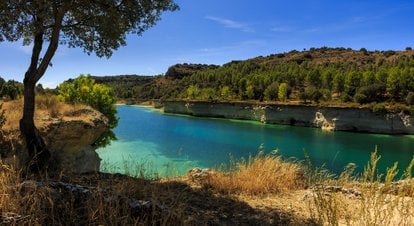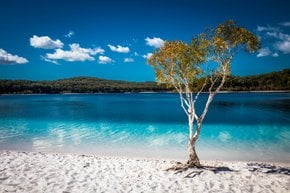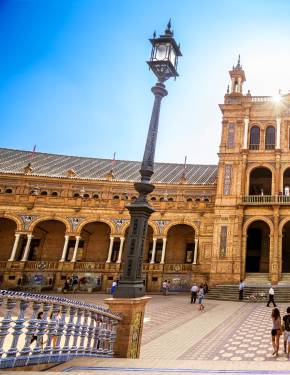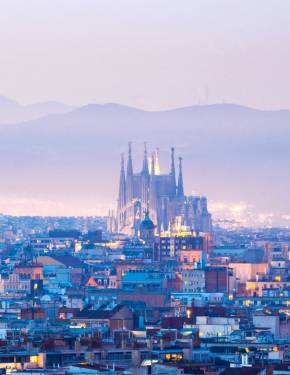Lagunas de Ruidera in Spain 2026
The miracle of water in La Mancha region includes magic waterfalls, lagoons, and beautiful streams
Best time: March–May | September–November
Lagunas de Ruidera Natural Park is undoubtedly one of the most famous places of La Mancha. This natural spot contains 15 small lakes which are connected by falls, rivers as well as subterranean flow and the area is considered to be the source of Guadiana River. The place got a nickname "The Mirrors of La Mancha" and is well-known as the land of Don Quixote from the famous book of Cervantes. The writer paid tribute to the beauty and uniqueness of these lands. The natural park within the biosphere reserve Mancha Húmeda is protected by UNESCO. A place of fantasy which includes ancient Arab trails and the Montesinos cave, the most literary cavern in the world.
This place is home to rich flora and fauna. In the waters, you can spot barbel, carp, pike, water snakes, and tortoises. Also, the main vegetation here is made of rushes, reeds, holm oaks.
But lakes are a major attraction here. The source of these lakes is a series of springs that come together between the towns Ossa de Montiel and Ruidera. The first lake called "La Blanca" and the last lake "La Cenagosa". Some of the lakes are connected and create a real oasis. The landscape is one of the most beautiful you have ever seen, for sure. These lakes also provide a rest area for migratory birds. Be ready to meet pochards, red-crested pochards, common mallard, great crested grebes and purple herons.
You can enjoy hiking, hunting, fishing, horse riding or cycling, as well as 4x4 tours. Also, this is a good place for walking, canoeing, and scuba diving. So it can be your best alone or family vacation in Lagunas de Ruidera Natural Park in Spain. This deserted place will allow you to find lessons for your soul, or just flutter in a quiet natural place.
Ruidera Lakes may be visited all year round but the best time is considered spring and autumn when the weather is the most amiable and the nature is especially beautiful and rich.











































































